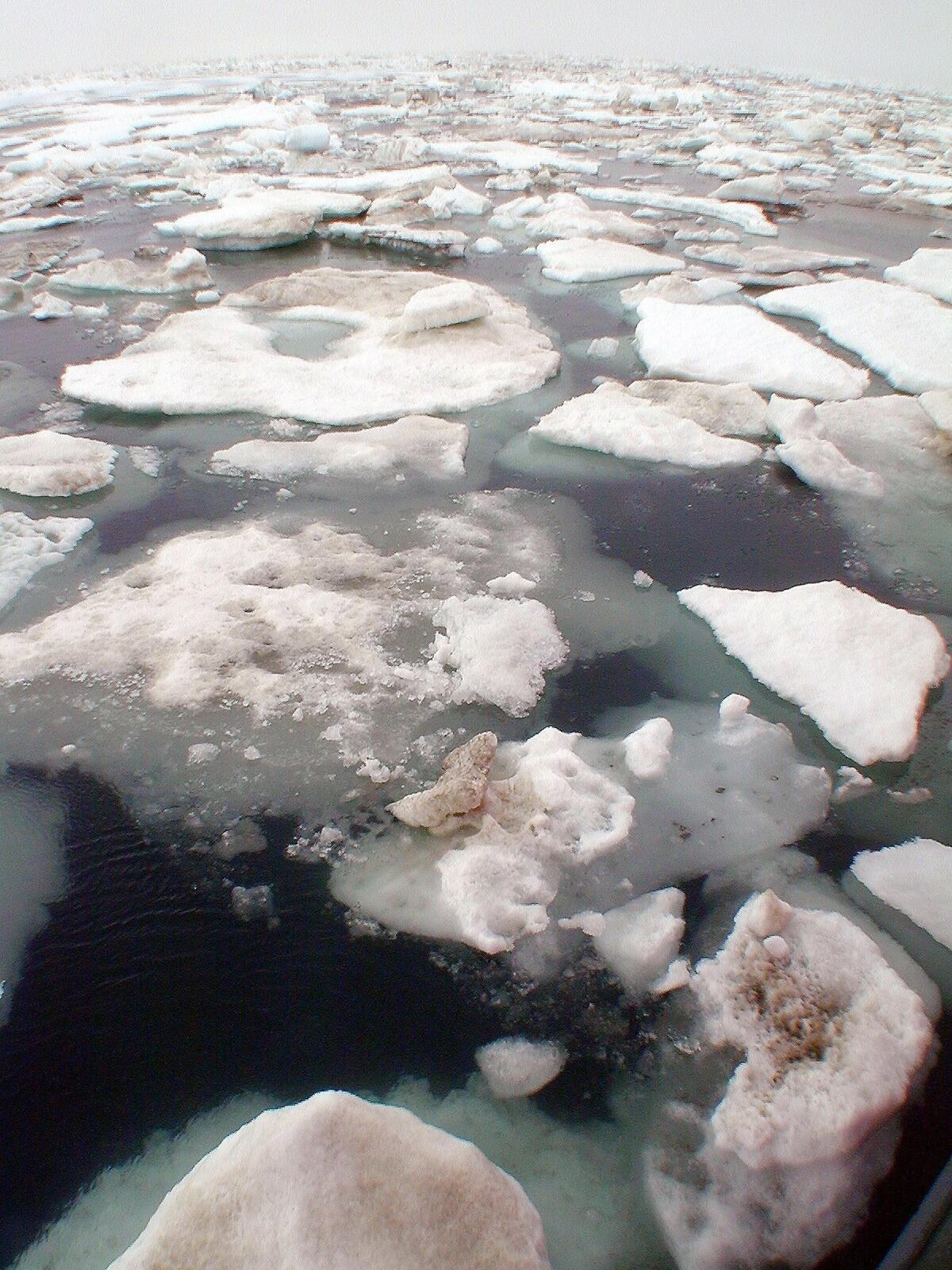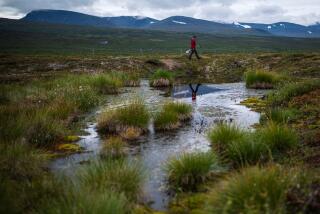Arctic ice loss may drive extreme weather patterns

Anyone forced to shovel their car out of a snowbank this winter might wonder just how it is a blizzard can occur in a warming climate.
The answer, climate scientists say, may have to do with record sea ice losses in the Arctic.
At a Tuesday news conference, several researchers said that warming conditions in the Arctic may be weakening jet stream currents and causing extreme weather systems to linger in northern mid-latitudes.
“Ironically ... as the ice pack retreats and the Arctic heats up, there’s a counteracting tendency in middle latitudes for colder winters, as well as hotter summers,” said Stephen Vavrus, senior scientist at the Nelson Institute for Environmental Studies at the University of Wisconsin.
The jet stream is a band of very strong winds that blow from west to east, several miles above the earth’s surface. Normally, these powerful winds push weather systems around, preventing them from staying in one place for very long.
However, the loss of sea ice in recent decades has allowed Arctic waters to absorb more heat energy from the sun, which has in turn heated the atmosphere above the water, according to Vavrus.
This heating influences atmospheric pressure and appears to be slowing the westerly jet stream, Vavrus said. Instead of flowing quickly and in a relatively straight line, like a river down a mountain, the winds mimic a slower, meandering river.
“When that happens during winter, there’s less warm air that gets transported over land,” Vavrus said. “That essentially helps to refrigerate the land during the wintertime and we get snow and more cold and more extreme cold as well.”
Arctic sea ice is referred to as the planet’s air conditioner, due to its influence on global temperatures. Last year, Arctic sea ice reached its lowest level in the satellite age.
This rate of sea ice loss is faster than what models predicted. Now, some experts say, the Arctic could experience a nearly ice-free summer by 2020.
“We are in the process right now of going to a new state in the Arctic,” said David Titley, chief operations officer at the National Oceanic and Atmospheric Administration and a retired Navy rear admiral.
Vavrus and Titley were among a handful of experts who spoke on changes in Arctic sea ice during a news conference organized by the environmental group Climate Nexus.
Return to Science Now blog.
Follow me on Twitter @montemorin







